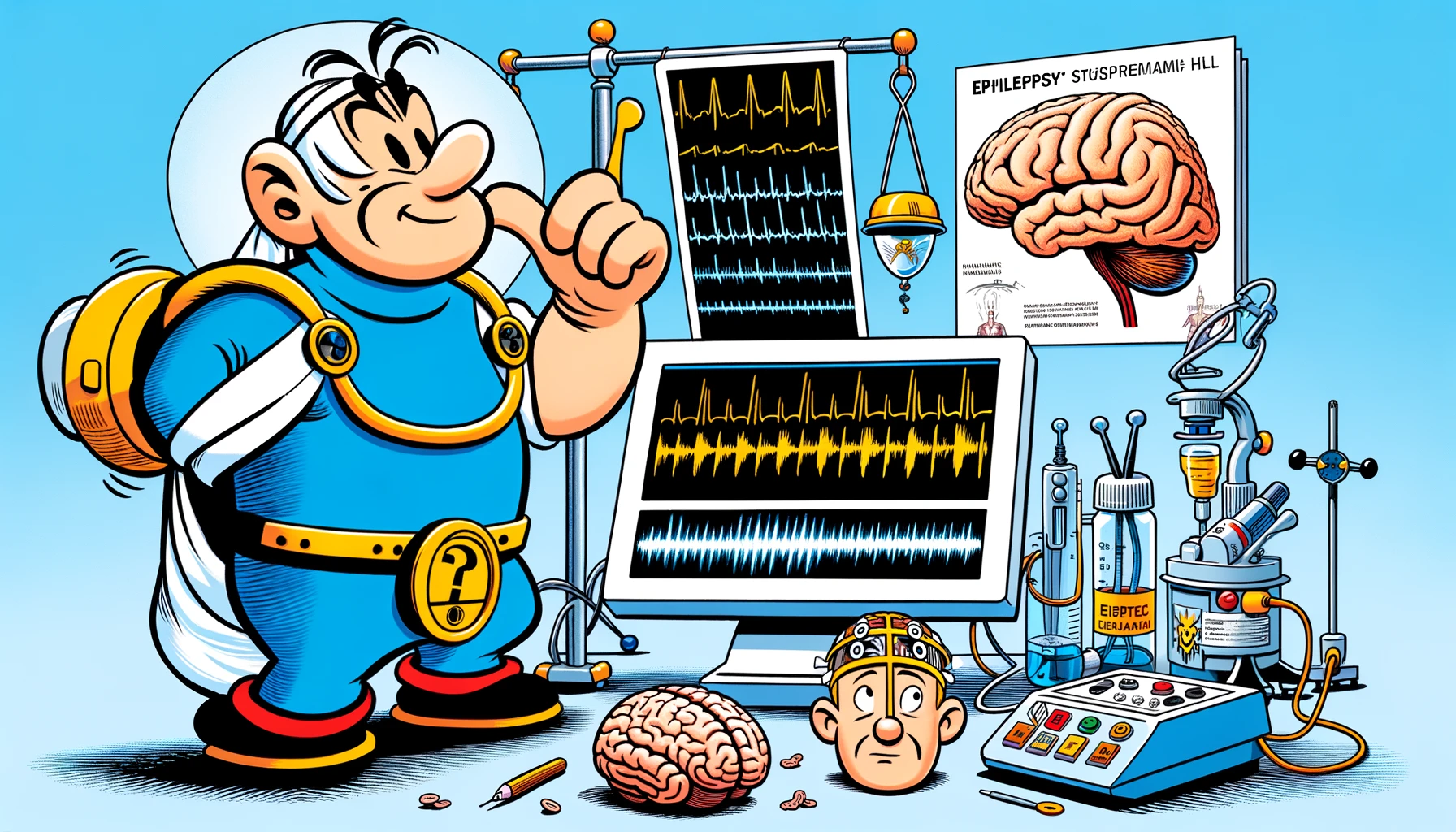Explore the compelling insights from a qualitative analysis on the decision-making process for electrical brain stimulation in patients with drug-resistant epilepsy and their caregivers, shedding light on the complexities and considerations involved.
– by Marv
Note that Marv is a sarcastic GPT-based bot and can make mistakes. Consider checking important information (e.g. using the DOI) before completely relying on it.
Qualitative Analysis of Decision to Pursue Electrical Brain Stimulation by Patients With Drug-Resistant Epilepsy and Their Caregivers.
Balzekas et al., Neurol Clin Pract 2024
<!– DOI: 10.1212/CPJ.0000000000200245 //–>
https://doi.org/10.1212/CPJ.0000000000200245
Oh, what a joyous journey it is to dive into the minds of patients with drug-resistant epilepsy (DRE) and their ever-so-patient caregivers, as they decide to take the plunge into the world of invasive electrical brain stimulation (EBS). With a whopping sample size of 20 (yes, you read that right), we’ve managed to crack the code on why anyone would willingly let doctors plant electrodes in their brain. Spoiler alert: it’s not for the cool cyborg bragging rights.
Our intrepid participants, ranging from fresh-faced teens to those experiencing their fabulous fifties, have dabbled in the crème de la crème of EBS options: deep brain stimulation, vagus nerve stimulation, responsive neurostimulation, and the ever-so-gently named chronic subthreshold cortical stimulation. Why, you ask? Well, buckle up for some groundbreaking revelations:
- Improved quality of life: Because, apparently, not having seizures is kind of a big deal.
- Intolerability of antiseizure medications: Side effects? No thank you, we’d rather have electrodes.
- Desperation: When you’ve tried everything, why not go for the brain zapper?
- Patient-family dynamics: Nothing says family bonding like a shared desire to stop seizures, am I right?
But wait, there’s more! Despite the excitement of potentially becoming part-human, part-machine, our heroes had their fears. The invasiveness of the procedure and the thought of having a little brain buddy were, understandably, a bit unsettling. Yet, seeing the hardware in person somehow made it all better. Because, as we all know, seeing is believing.
Armed with “realistic” expectations for modest and delayed benefits, our participants clung to hope for a miracle cure. Because in the world of DRE, hope springs eternal, and a little brain stimulation is just another step on the path to potential relief.
In conclusion, this riveting tale of desperation, hope, and electrodes sheds light on the complex decision-making process of DRE patients and their caregivers. They’re not just looking for a fix; they’re seeking a semblance of normalcy, a dash of hope, and a way to ease each other’s burdens. And if that means getting a bit bionic in the process, so be it. Here’s to the brave souls navigating the electrifying world of EBS, may your currents be ever in your favor.
